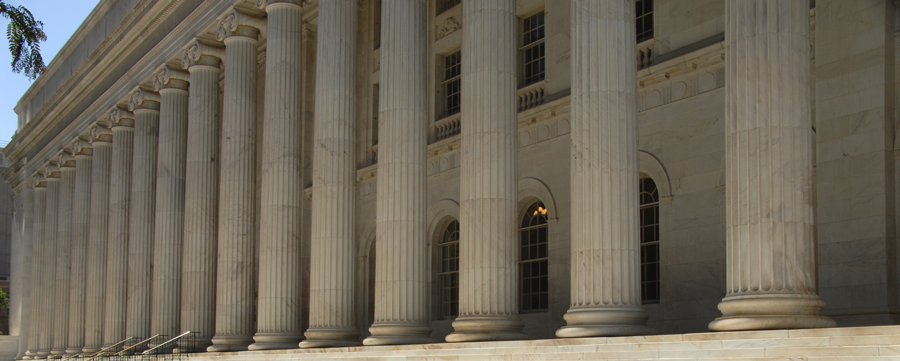Abstract
A peaceful world order was for centuries a noble, yet unattainable ideal, until President Woodrow Wilson called for action in the last year of the First World War. Sickened by four years of slaughter on the battlefields of Europe, the victors wrote a Covenant of the League of Nations into the Treaty of Versailles. It was the kiss of death. The Treaty was a nineteenth century peace—vengeful, greedy, and fearridden, which registered only the absence of any ethical and political architecture for a new era. The Senate and the people of the United States promptly rejected both the Treaty and the League. Without America’s presence, the grand experiment stumbled down the scale into a melancholy farce.
In 1941, under President Franklin D. Roosevelt, the United States took the initiative again, molding the wartime alliance of “united nations” into the world organization of that name. From the beginning, the United Nations (UN) reflected high hopes and stormy times, sometimes in a carnival mirror of weird distortion. Most importantly, at first and still, it showed that the United States was engaged in the international scene.
Keywords
United Nations, International cooperation, International
